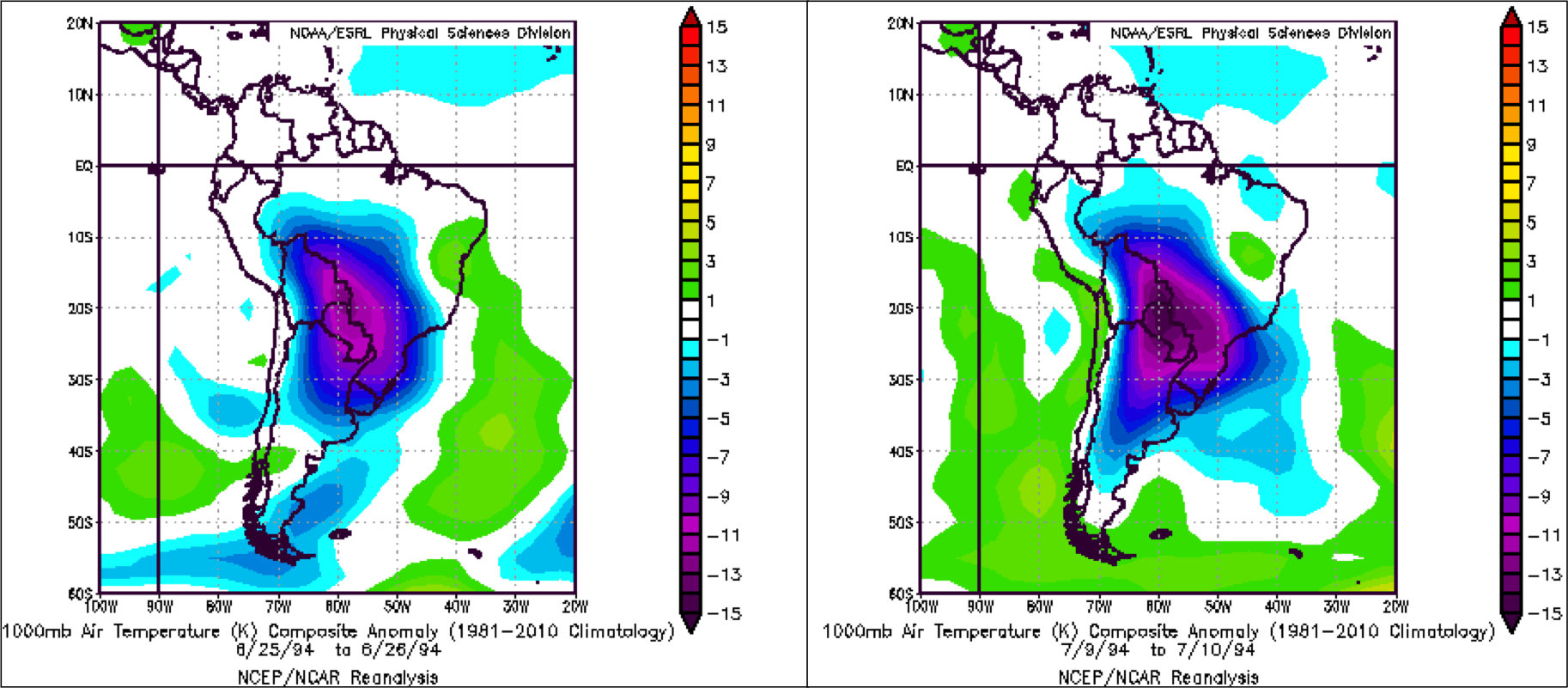Despite some volatility (freeze potential), coffee prices have continued to fall as the Brazil harvest begins. Coffee was up earlier today as Brazil coffee areas had below normal temperatures over the weekend. However, it appears the worry was all for naught, and damaging temperatures (usually below 39°F-37°F) did not occur. Temperature stations showed a minimum of 39.5°F in all coffee areas, with the major producing areas averaging 45°F-60°F. Cold, unfavorable weather is not forecast for at least the next 10 days.
Another reason why coffee continues to fall is the Real, Brazil’s currency. As the U.S. dollar strengthens over the real, U.S. coffee futures can wain in price. In mid-May, a corruption scandal involving Brazil’s president, Michel Temer, was revealed (see price drop below). The Brazil Real crashed as the possibility of a second presidential impeachment in as many years grew. Though no impeachment is imminent, his approval ratings are currently in the single digits. These events and Brazil’s current economy do not provide confidence in a real recovery.
What does a true freeze look like?
Over the past 20 years or so, there has not been any crippling freezes. Global temperature trends, as well as the northward migration of coffee farms, have helped prevent issues. The last time we saw a major freeze was 1994, which suffered a dose of “double trouble” with dual freezes on June 25th-26th and July 9th-10th. See the maps below:
Temperatures were 10°C to 15°C below normal (on the charts); that’s around a 23°F anomaly! The cold temperatures completely destroyed over a third of the crop. Nearby coffee prices had soared from $1.30 / lb to $2.40 / lb, and the market went up the limit in 12 out of the 14 trading days around the events.














